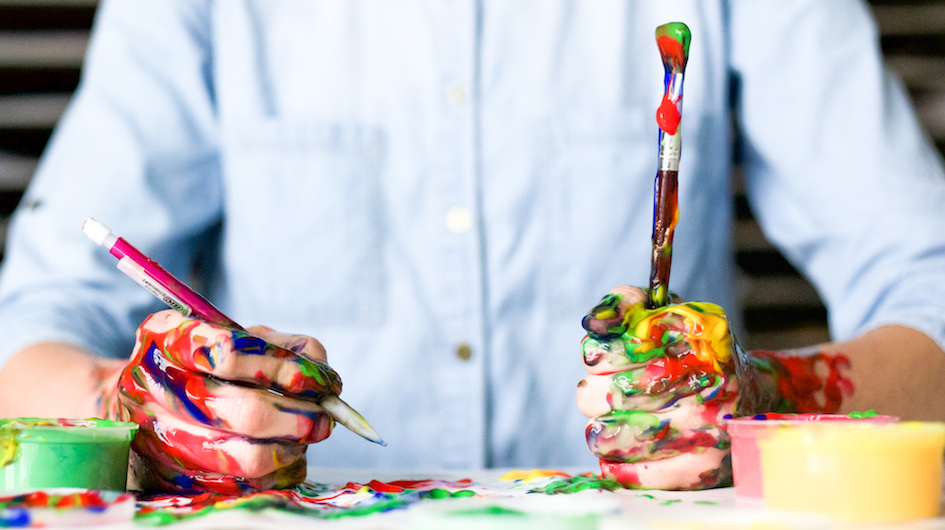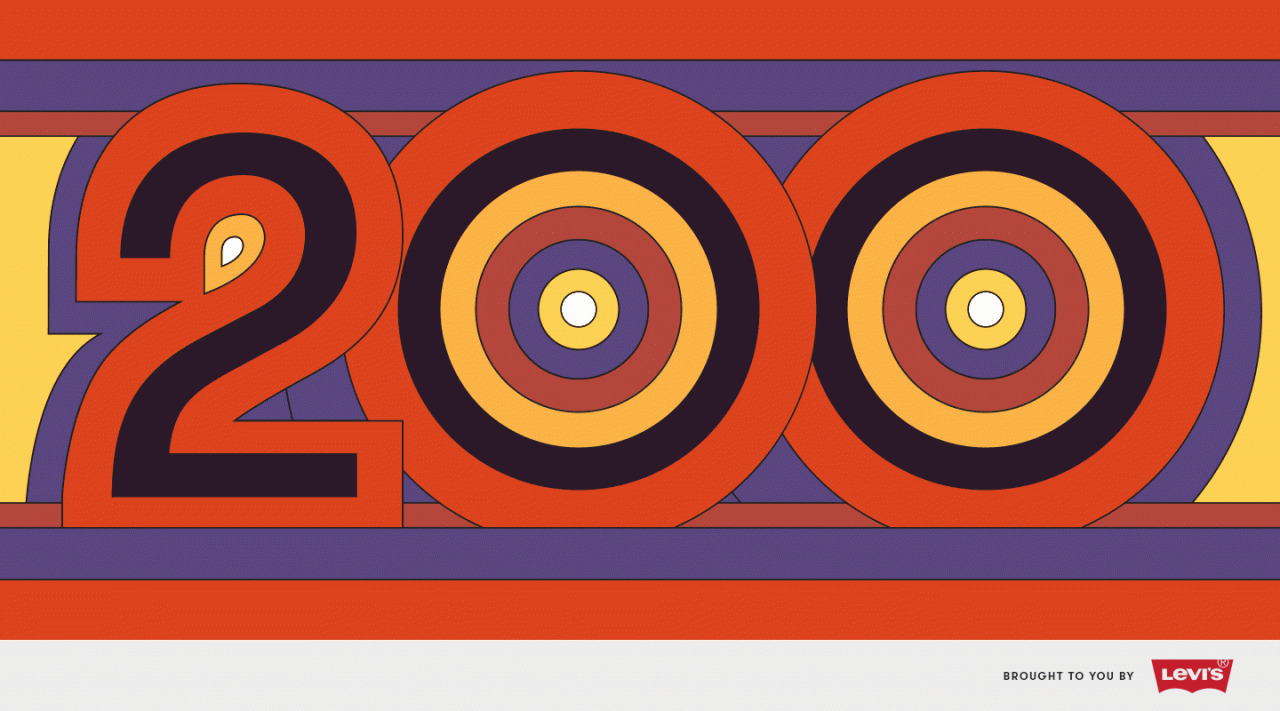
Art and business are colliding, with branding at the epicenter of this integration. Brands are looking to venture further into artistic-based communications, reflecting their design-conscious consumers.
Brand noise is rapidly accelerating, pushing companies to outshine their competitors through zeitgeist graphic designs and bold pastel colours; or they’re attempting to cut through the saturation with a minimalist approach. McDonald’s recently changed their branding approach and is now communicating “The Simpler the Better,” an approach only possible with effective design.
To create art means to open interpretation. Brands are leaning towards an artistic design because it appears more diverse to the consumer. A particular consumer will project their own subjective opinion onto the design, providing more longevity than a corporate design, and therefore strengthening the brand’s equity and appeal.

Art branding goes deeper than creating a simple aesthetic appeal that uses vibrant colouring, inventive typography, or bold graphics — art branding connotes the ideals of your brand. For example, Pitchfork’s use of art branding shows their investment in the content they produce. Their brand image reflects what the consumers are taking an interest in, in this case, 70’s music.
Branding and marketing are often confused, even by experienced brands and clients. To market your brand means using tactical and strategically-appropriate approaches to reach a chosen market or segmentation. However, this can only be achieved through the foundations of building a current — and more importantly — appealing brand image. Artistic branding is growing in relevance because consumers are more frequently becoming their own content creators. Instagram, for instance, has provided the everyday consumer with a platform to create and explore, meaning brands must do more to impress and engage with their consumers.
Another example is Absolut Vodka, who launched a range of “Unique” bottles — 4 million to be precise. The advantages of art branding in their bottle designs are eye-catching, but more importantly it creates a sense of luxury for the consumer, without Absolut having to change their product. The Unique roll-out provides the consumer with a sense of exclusivity; art is unique and something worth treasuring, displaying, and sharing.
Perhaps ten years ago art branding was less prominent because it was a safer bet for brands to outline and relay to the consumer exactly what their brand functionality was — it was a basic form of communication. Art branding instead brings risk. An outlandish design, for instance, brings the possibility of controversy amongst consumer groups and makes it harder to appeal to a larger segmentation. Again art is open to interpretation, so not every impression will be a positive one.
Spotify #ThatSongWhen Case Study from The Painted Ladiez on Vimeo.
Artistic branding stems from the “brand you” movement. It’s becoming increasingly important for the individual to create a brand for themselves, a sort of armour when applying skills and personality. Product and service brands want to appeal to their consumers on this same wavelength. Brands like Spotify are using tailored and personal campaigns like #ThatSongWhen, with a vibrant graphic design, to appeal to the individual within a larger millennial segment. It demonstrates that the brand caters to the needs of their target consumers and makes consumers more likely to engage with the brand’s touch points, e.g. their social media, stores, or websites.
Most brands undergoing a brand audit will look to consider an artistic approach in their re-brand. With hundreds of brands taking this approach, it’s important to keep in mind the demands of consumers and avoid being sucked into the conformity of having visual appeal. Art branding must continue to communicate, not just display.

